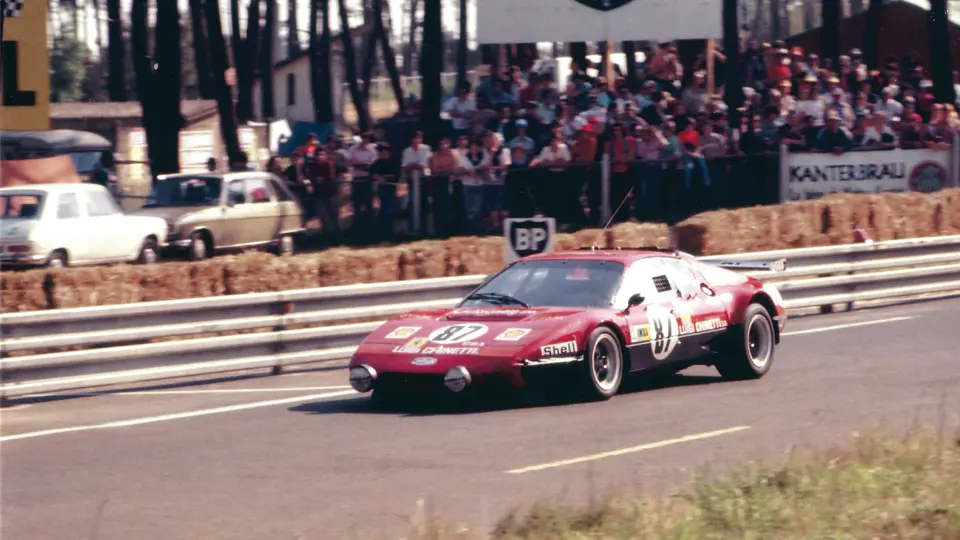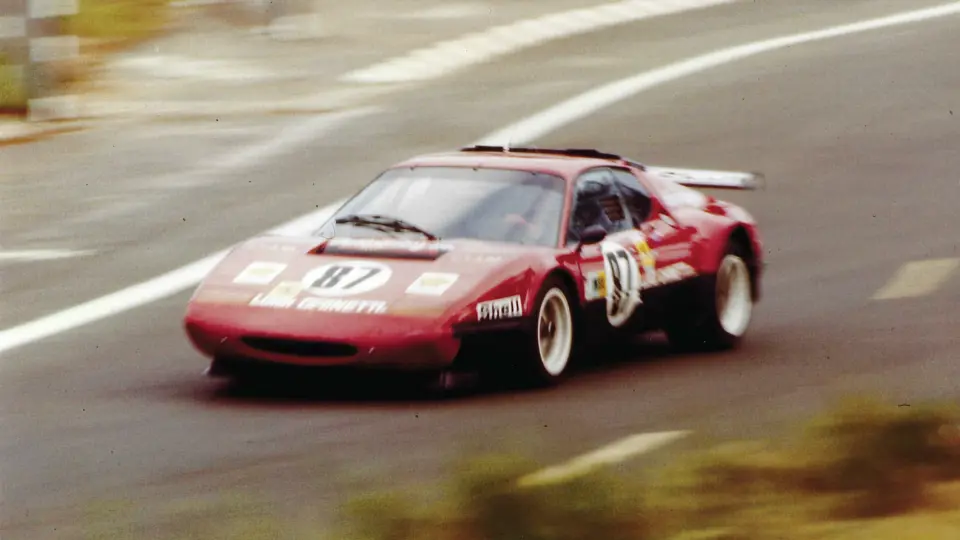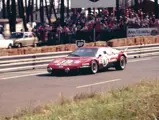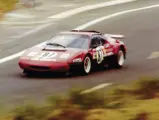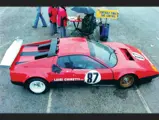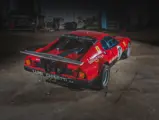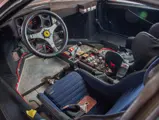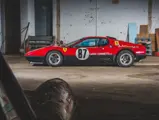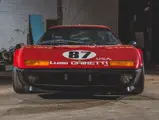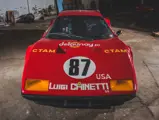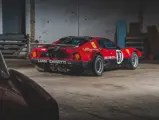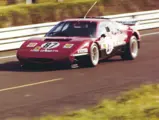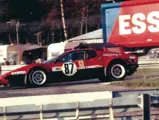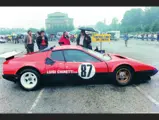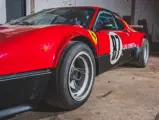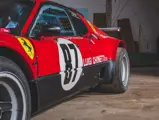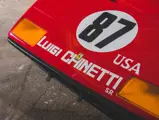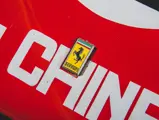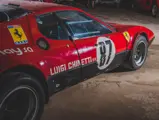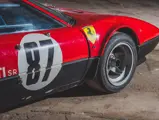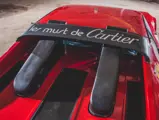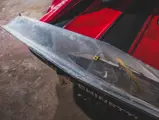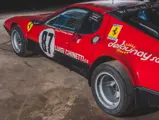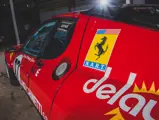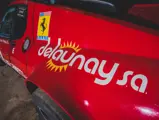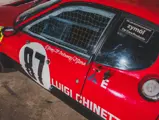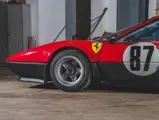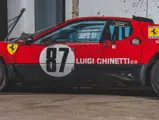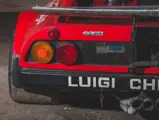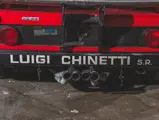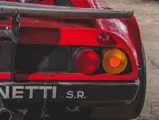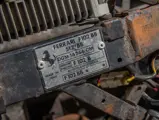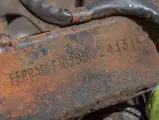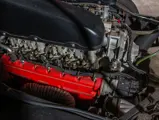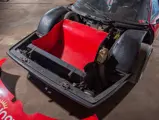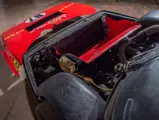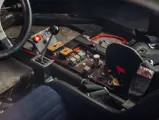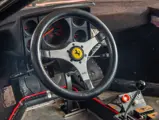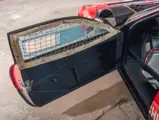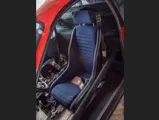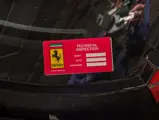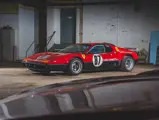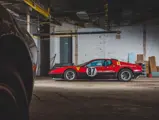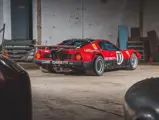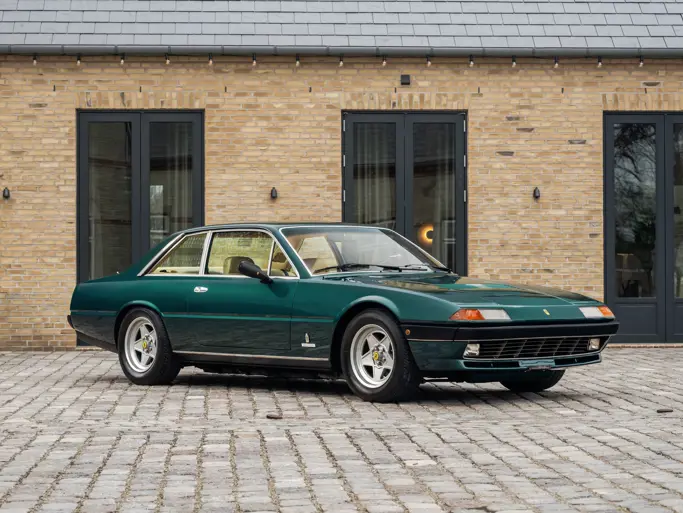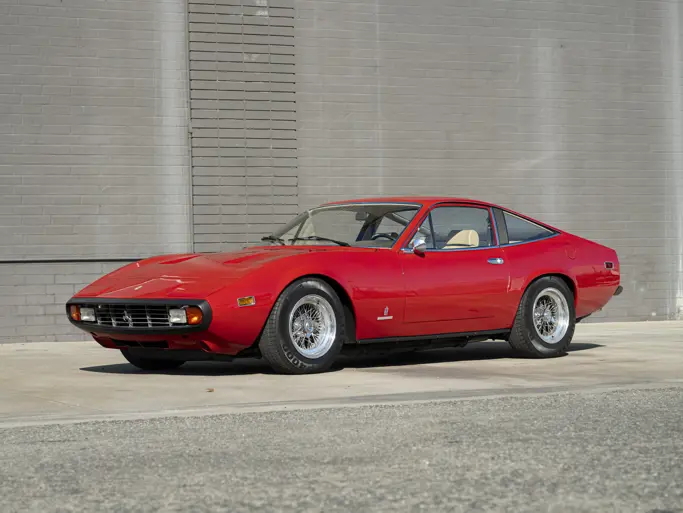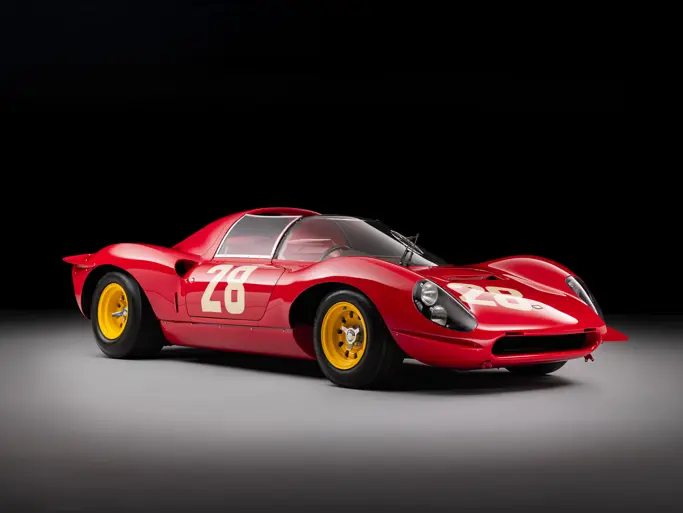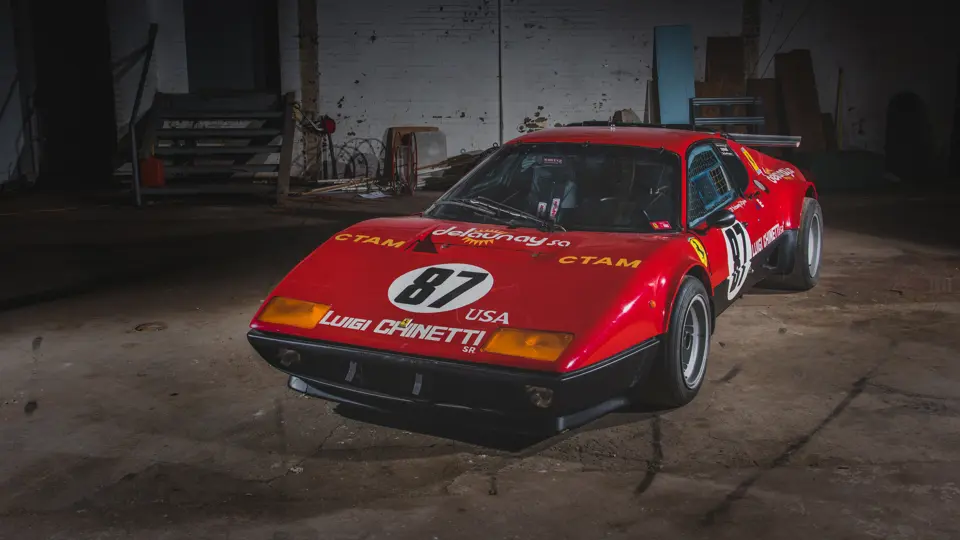
1978 Ferrari 512 BB Competizione
{{lr.item.text}}
$1,490,000 USD | Sold
Offered from the Lost & Found Collection
{{bidding.lot.reserveStatusFormatted}}
- One of three factory-specified examples prepared for the 1978 24 Hours of Le Mans
- Entered by Luigi Chinetti on behalf of the North American Racing Team (NART)
- Remains largely in ‘as it left the track at Le Mans’ condition
- Benefits from a short ownership chain of just two private caretakers; emerging from 42 years of storage
- Accompanied by copies of factory correspondence and ACO Le Mans characteristics sheet
- Ultra-rare example of the original 512 BB Competizione variant
Following Ferrari’s dominant 1972 victory in the World Championship of Makes with the prototype sports-racing 312 PB Spider, Maranello participated in one more year of factory-based sports car racing before the program was cancelled altogether in favor of a sole focus on Formula One. Sports car racing, once the manufacturer’s stock-in-trade, was abandoned for the first extended period in the Scuderia’s history.
The decision did not take hold for very long, for by 1976 Ferrari had further developed the popular roadgoing 365 GT4 BB model into the 512 BB, which featured an increased displacement of 4,942 cubic centimeters, as well as a new dry-sump lubrication system ideal for competition applications. With the advent of this new and improved model, Ferrari began to evaluate a potential return to sports car racing, and by early 1978 this notion had gained considerable traction.
In preparation for the 1978 24 Hours of Le Mans, three 512 BB chassis were specially prepared to meet IMSA regulations, being built in Modena with full factory support. Various weight-saving measures were implemented to reduce the car’s girth to about 2,425 pounds, and the 5-liter engines were tuned to develop an uprated capability of 460 horsepower, while the rear suspension was revised to accommodate wider rear tires. Pininfarina’s production coachwork design was fitted with plexiglass windows, and modified with the addition of a larger chin spoiler and a large rear wing derived from Ferrari’s 312 Formula One car.
Two of these 512 BB Competizione examples were entered by French marque distributor Charles Pozzi for competition in the IMSA GTX class. The remaining example, the featured lot chassis number 24131, was entered by Luigi Chinetti’s North American Racing Team (NART) as race #87, and driven by the team of Jean-Pierre Delaunay, Jacques Guérin, and Gregg Young.
The cars were fast in testing at the Circuit de la Sarthe, navigating the curves with relative ease to significantly improve on the established lap times of the Competition Daytona model. Although chassis number 24131 only qualified for 36th-place on the starting grid, the car climbed through the ranks as the hours passed, appearing headed for a class win as Sunday morning unfolded. Unfortunately, the stock gearboxes for these cars were overmatched by the competition-tuned engines, and two of the cars eventually suffered transmission failures that forced early retirements, after running as high as 11th overall and 2nd in class late in the race. After achieving 232 laps, and surviving into the 19th hour in 11th place, chassis number 24131 was forced to bow out of Le Mans.
Following the race, the 512 BB Competizione was retained by Chinetti and eventually sold directly in 1980 to Glen Kalil of Miami, Florida, a carpet dealer and Ferrari enthusiast whose collection at various times included a 195 Inter, a 206 S, and a 275 GTB/4 NART Spider. Kalil actually drove it around town as a road car, and took joyrides through Crandon Park, also occasionally renting out the local event venue, the Hollywood Sportatorium, so that he and his family and friends could enjoy the Competizione without limitations. In January 1981 Kalil traded the Ferrari to Walter Medlin, and it has since enjoyed a life of cloistered storage, remaining out of the collectible Ferrari niche and the larger public eye for 42 years.
It is important to note that chassis number 24131 desirably features its original 1978 Le Mans livery, including sponsorship decals, drivers’ names, and the iconic NART decals; and it notably retains the race-prepared flat-12 engine. Ferraris with authentic Le Mans racing history are a special breed of competition car that encompass rarity and unique engineering, and NART-campaigned examples are even more unobtanium. This long-domiciled 512 is a particularly attractive example, as it has undergone no restoration since being acquired by the current owner in 1981, and remains faithful to its 1978 Le Mans appearance. It is documented with copies of fascinating correspondence with the Ferrari factory and research into the early racing 512 BBs, as well as a copy of the ACO 24 Hours of Le Mans characteristics sheet.
Presented now from the Lost & Found Collection, the berlinetta will require a full restoration to make it mechanically sound—although the journey to rejuvenation promises to be a rewarding experience for the future caretaker interested in stewarding an important racing Ferrari back to relevance. Once restored, the remarkable racecar can be enjoyed in a host of vintage events, including the Le Mans Classic, or displayed at major concours d’elegance and marque gatherings.
This enchanting Ferrari is a fascinating example of the first batch of race-prepared 512 BBs , which inspired a second series of further modified and tuned cars, the 512 BB/LM, that kept the model surprisingly competitive into the early 1980s. For the enthusiast of Maranello’s glorious return to sports car competition in the 512 BB, there is arguably no better opportunity to acquire a piece of the legend than this foundational example.
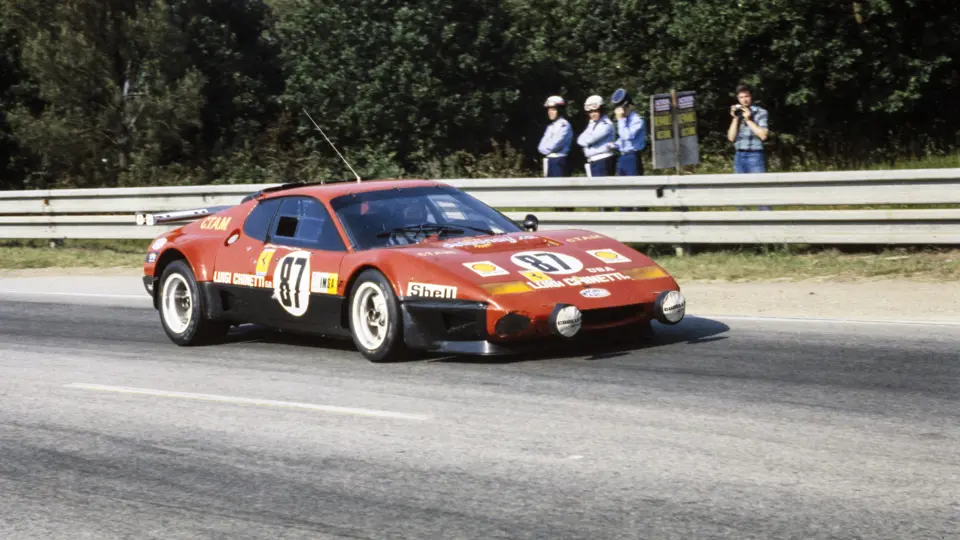




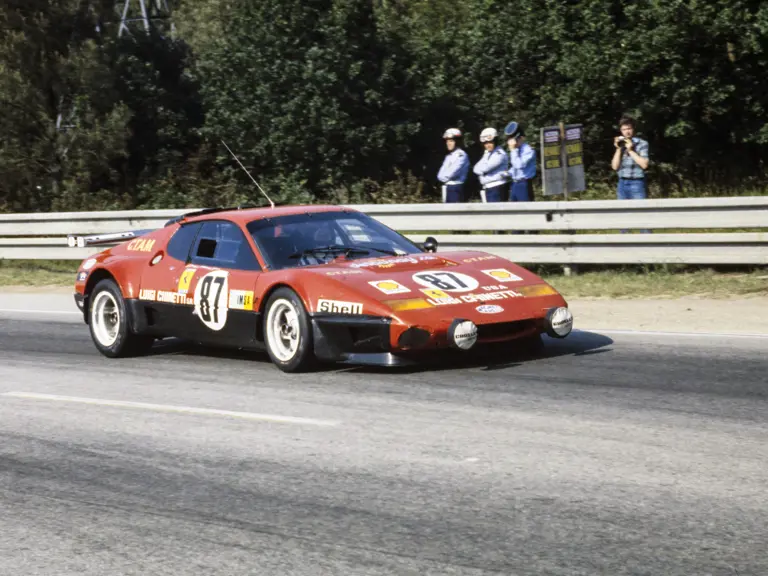
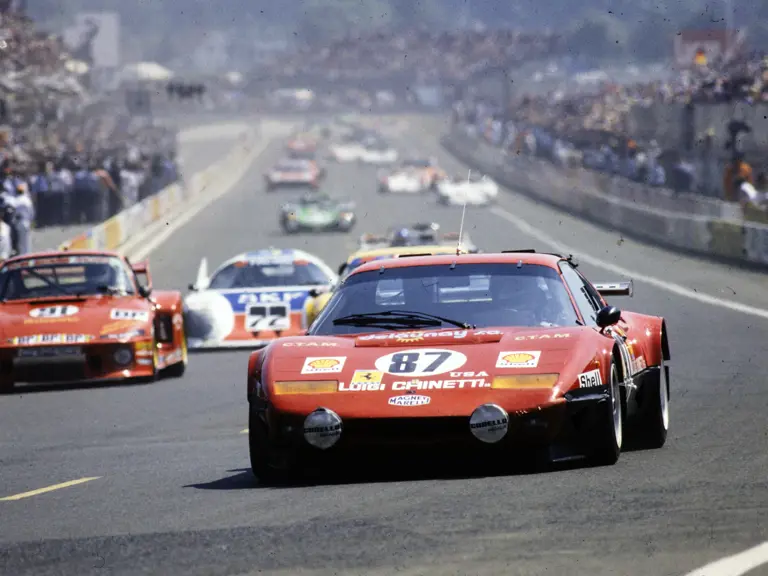
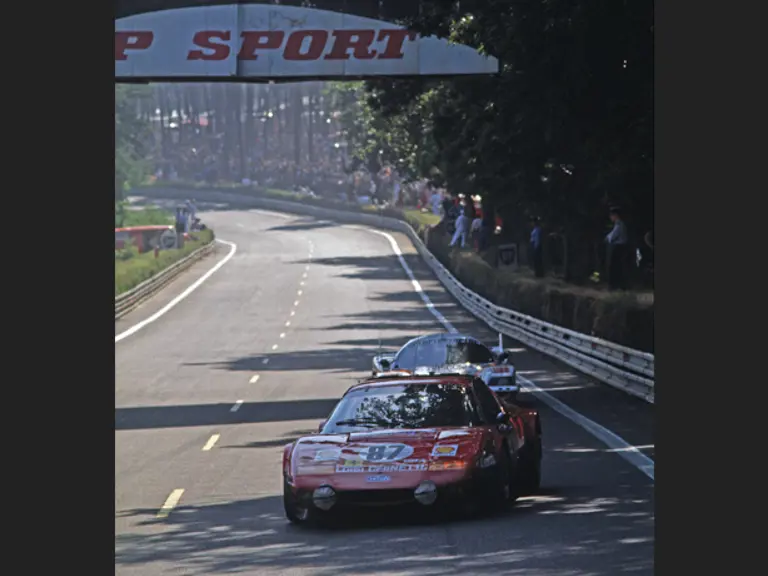
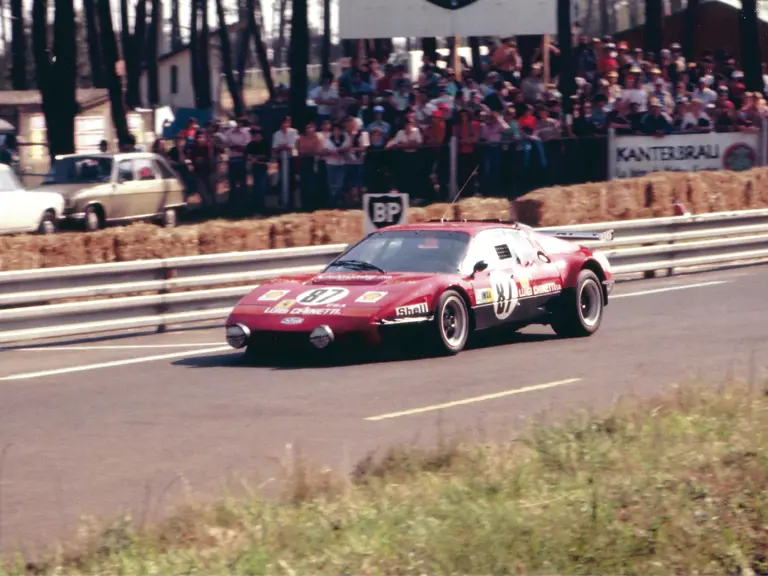
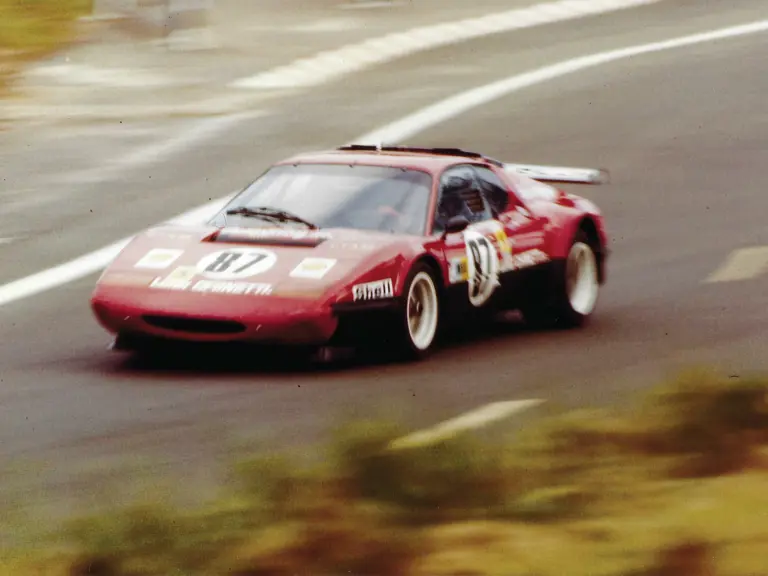
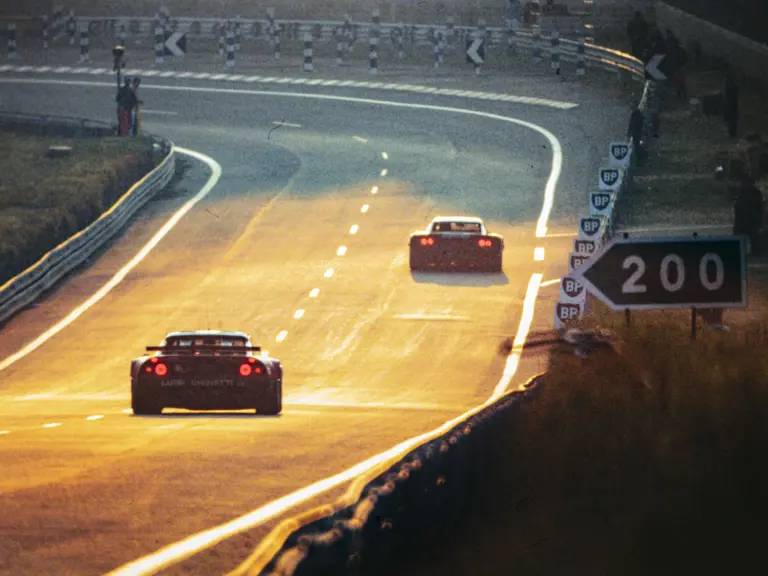

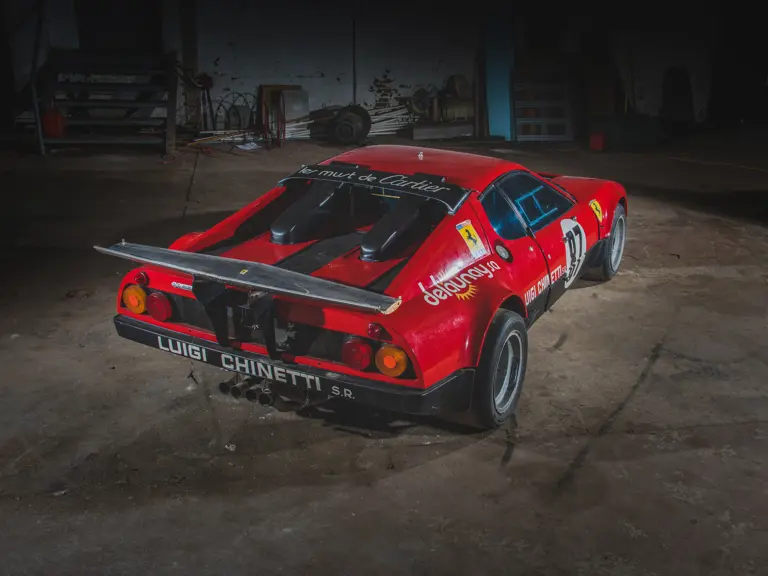
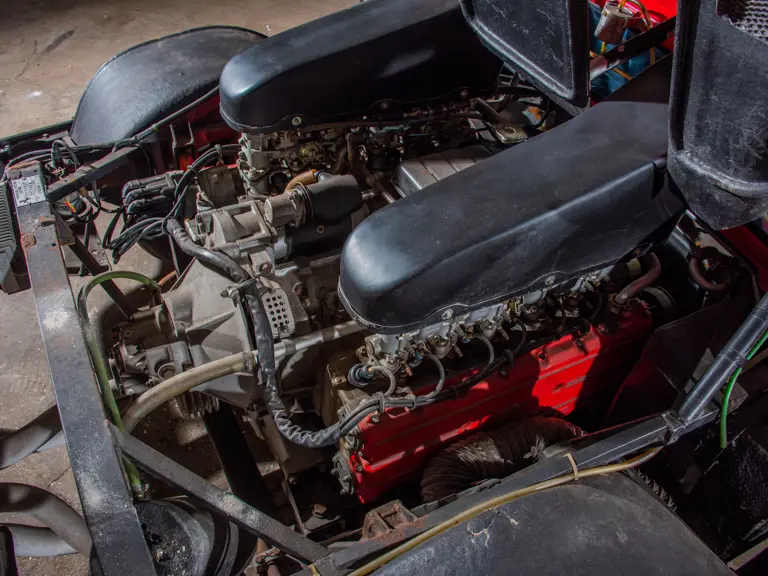
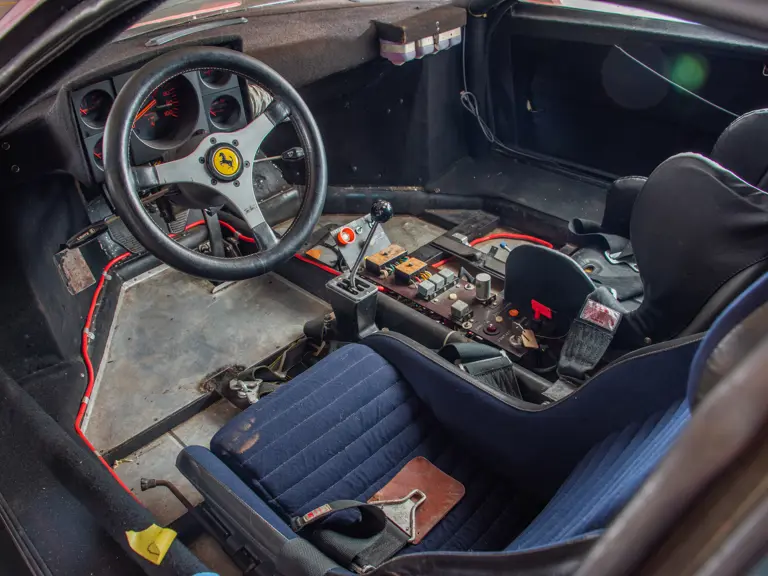
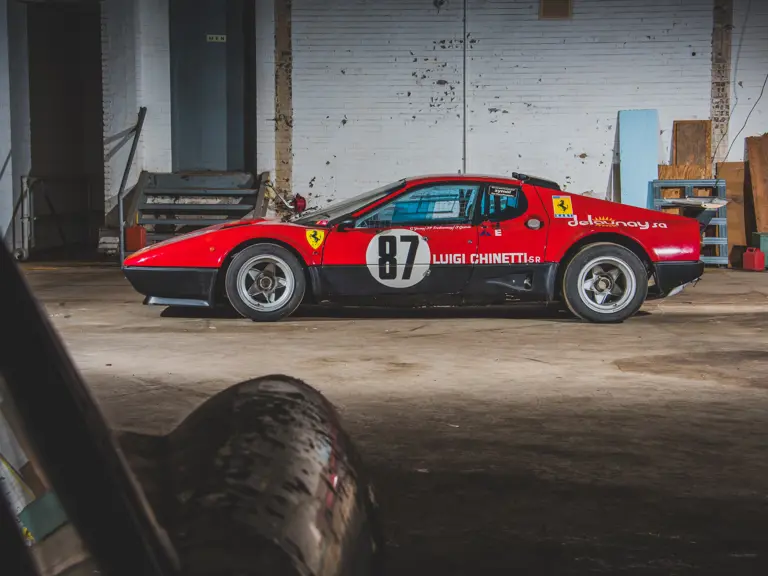
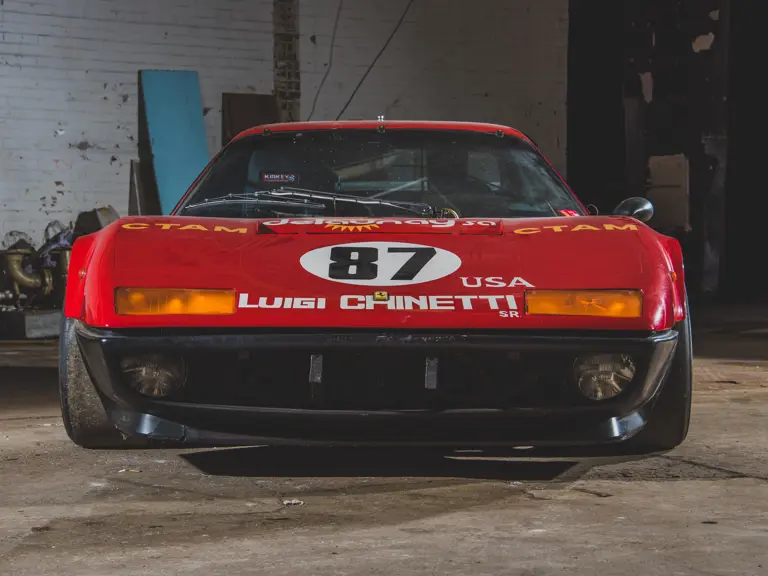
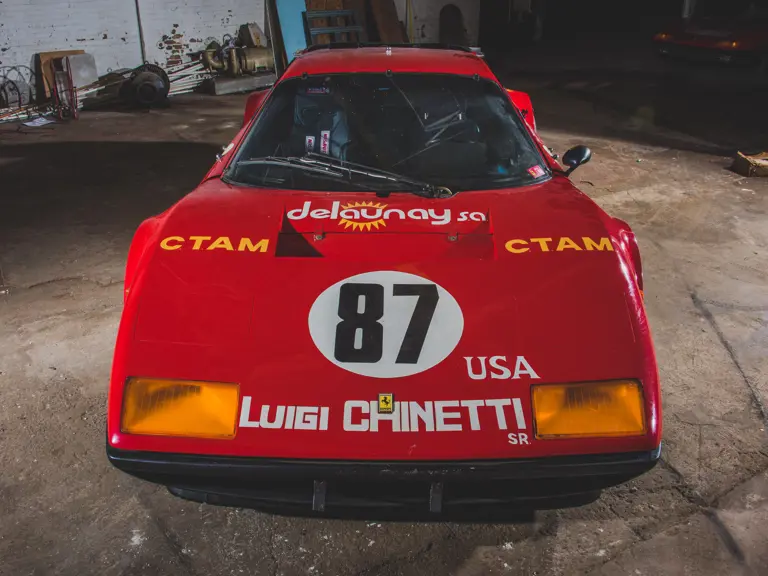
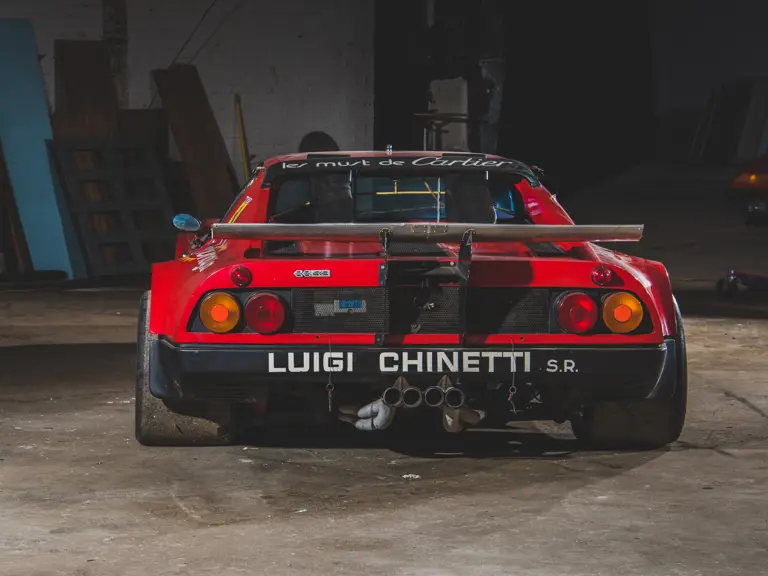
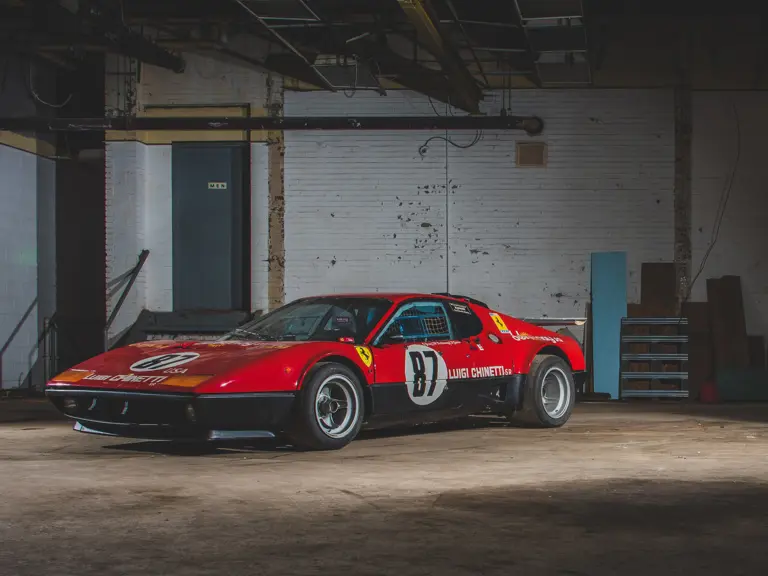
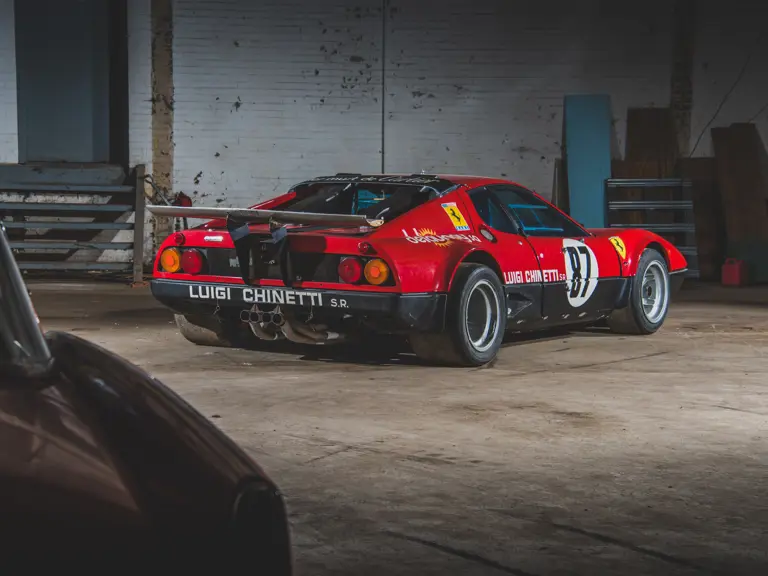


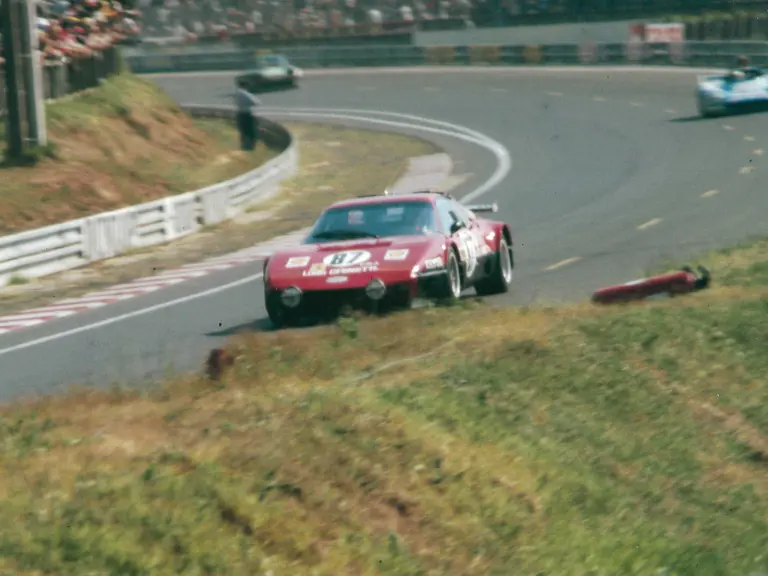
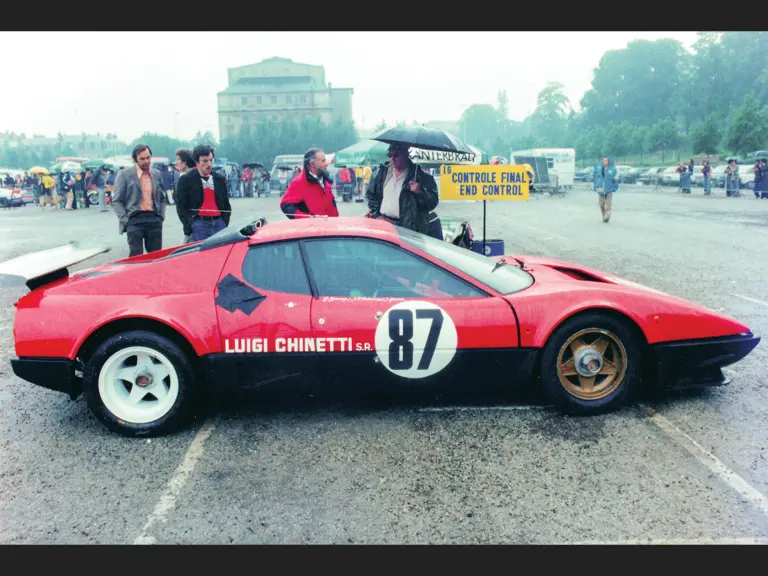
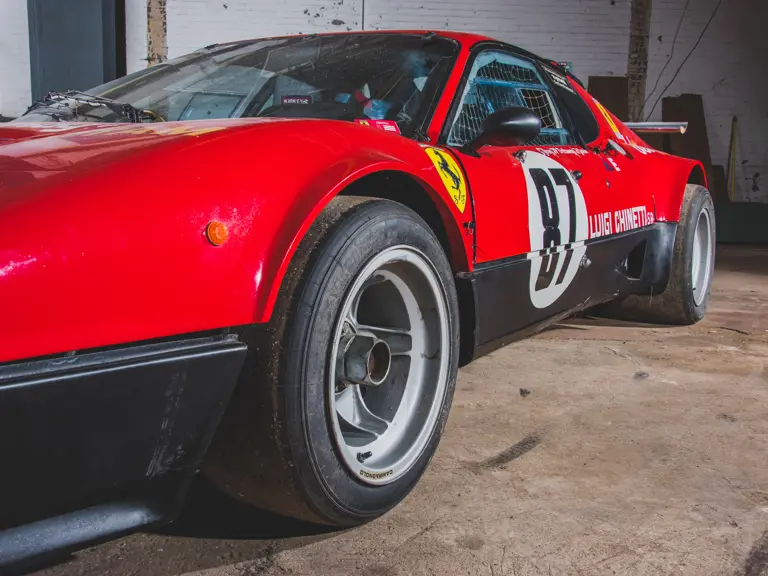


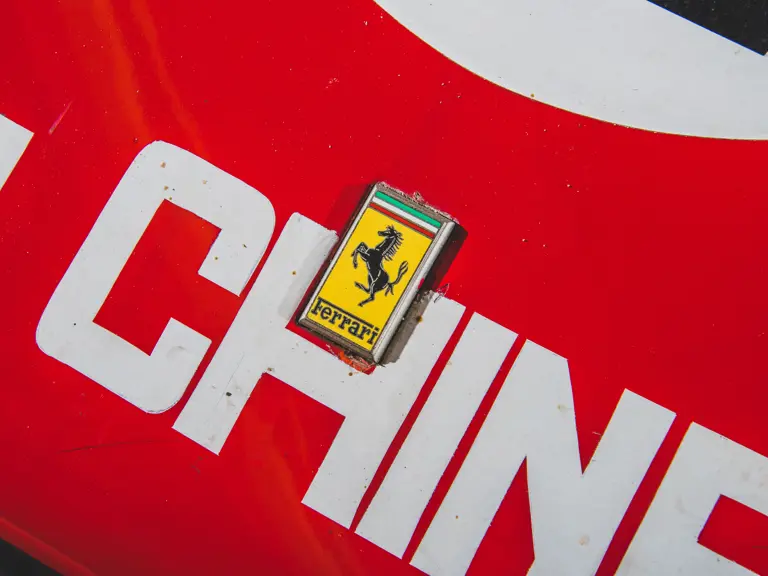
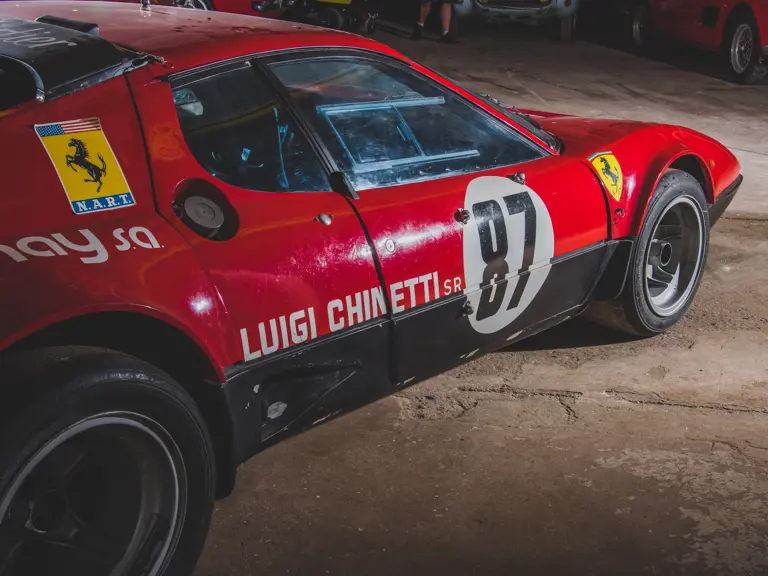
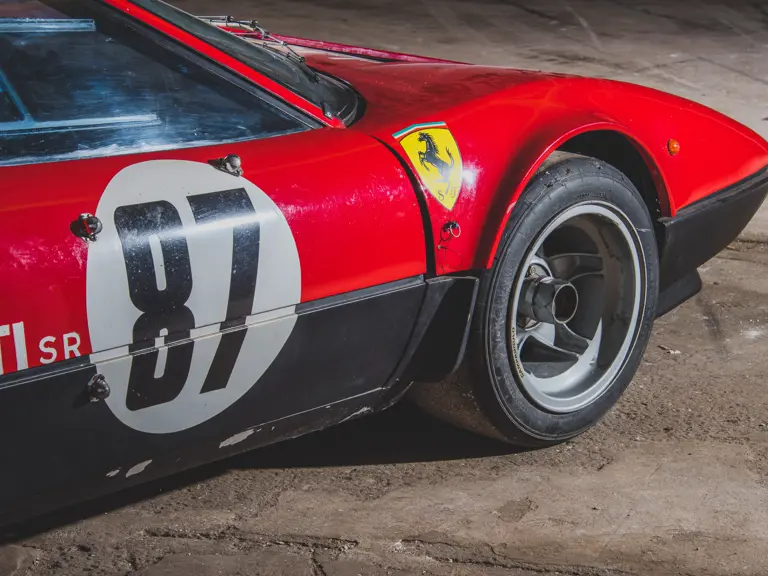

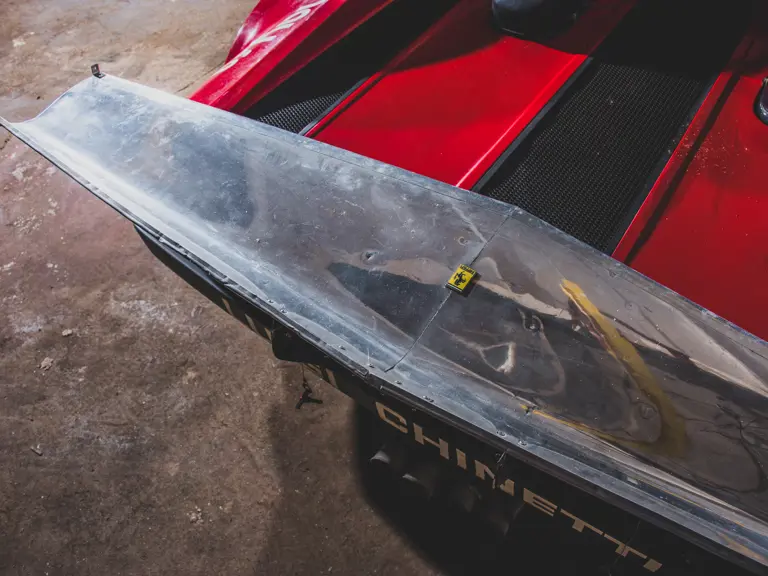
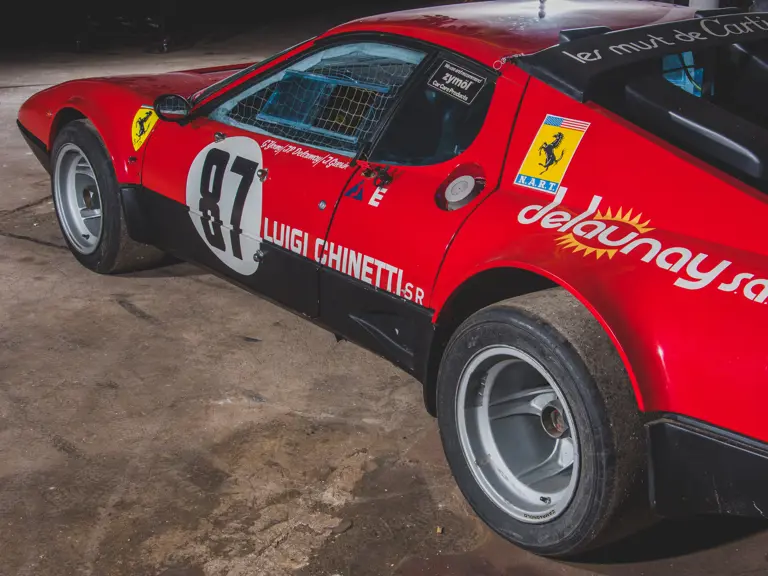
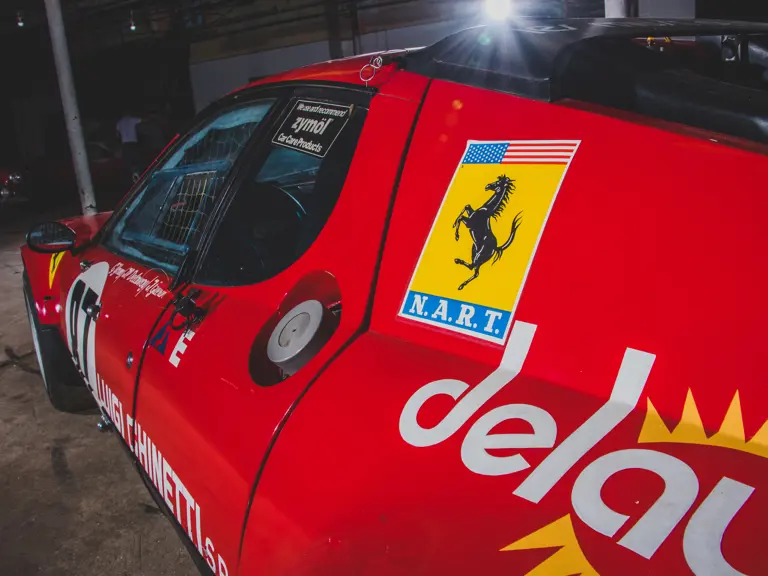
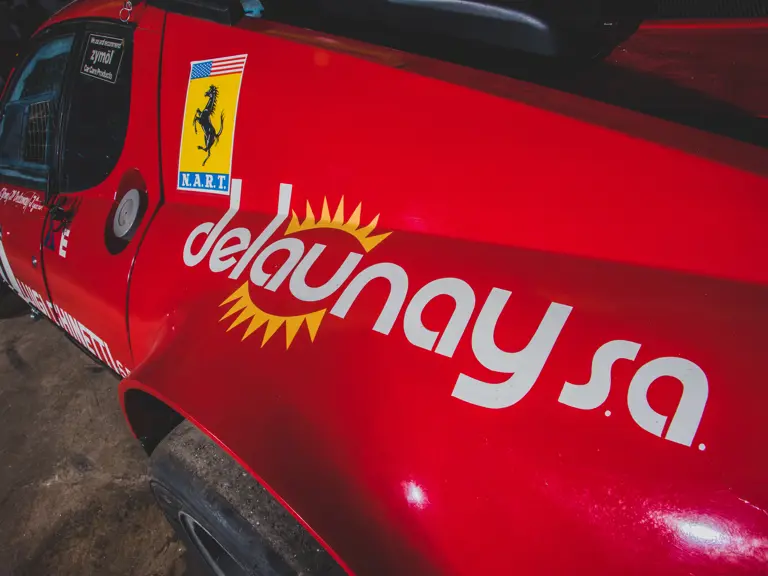
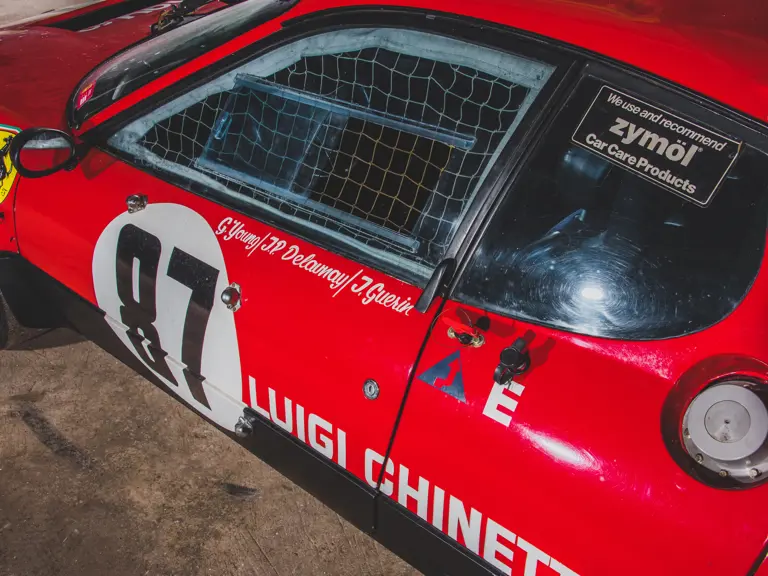
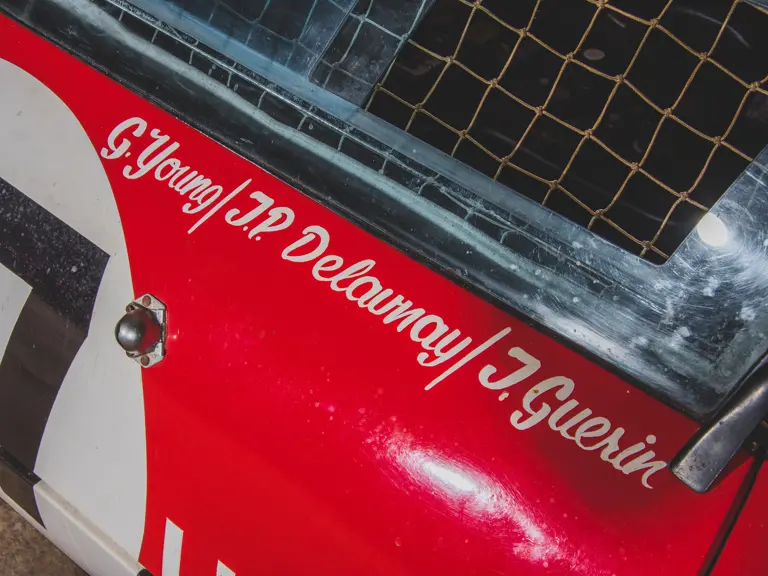
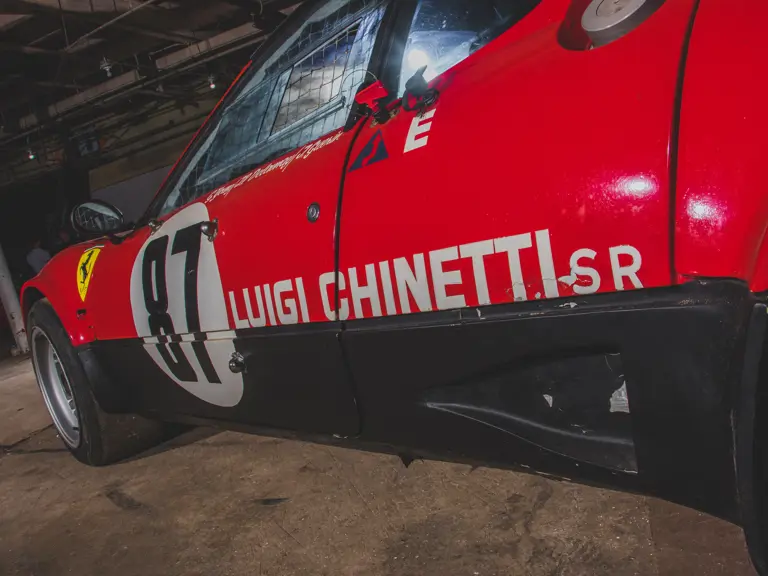
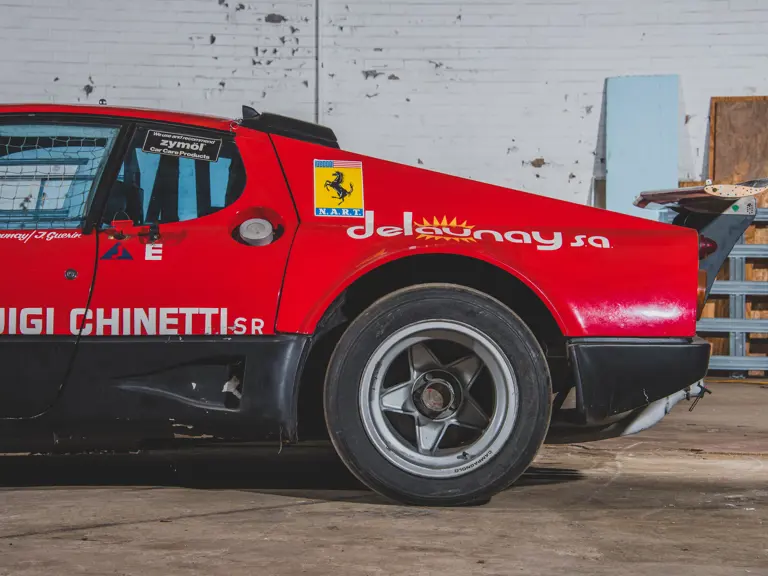
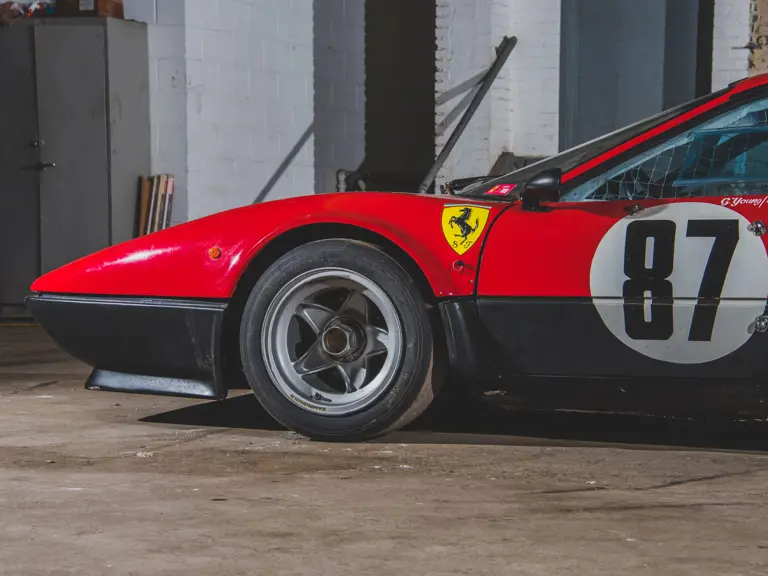



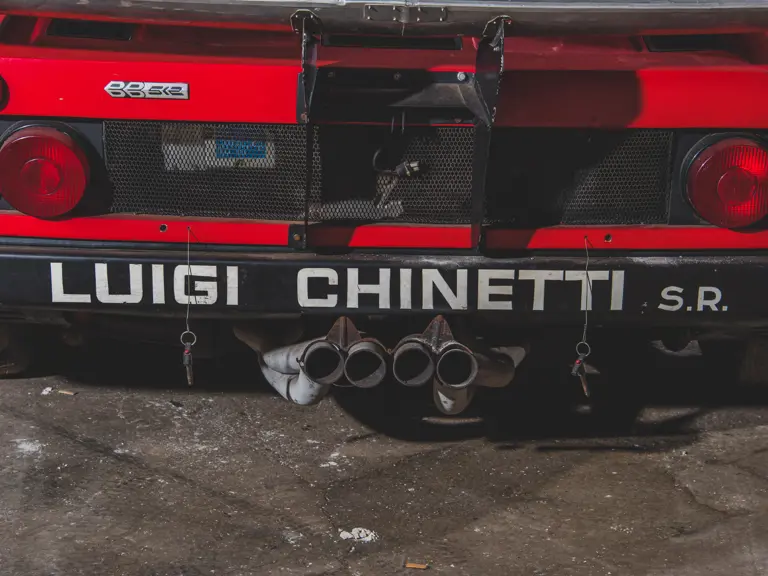
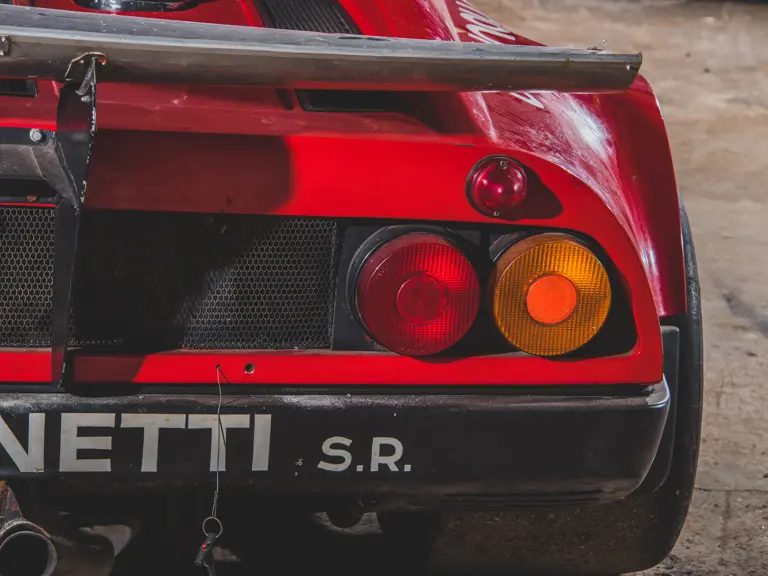
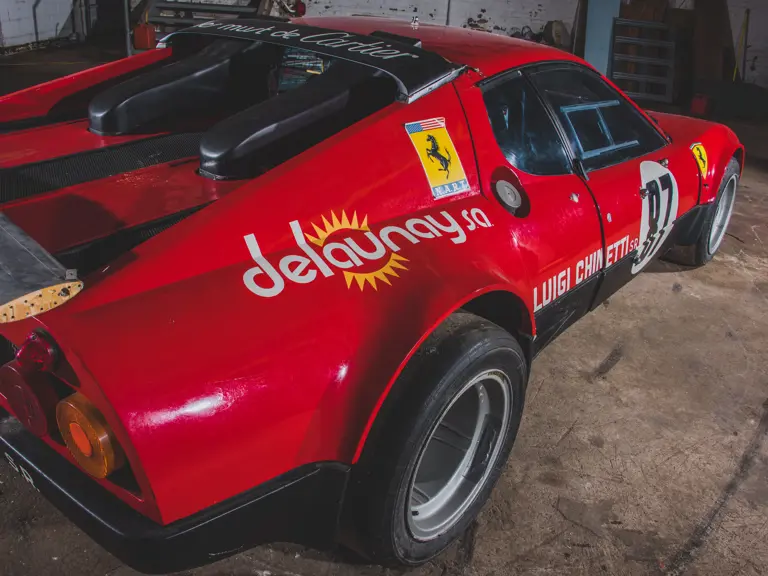

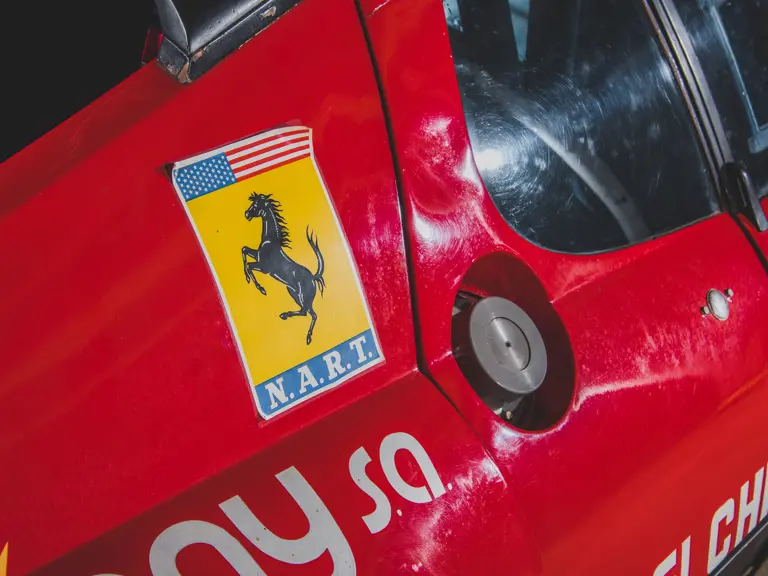
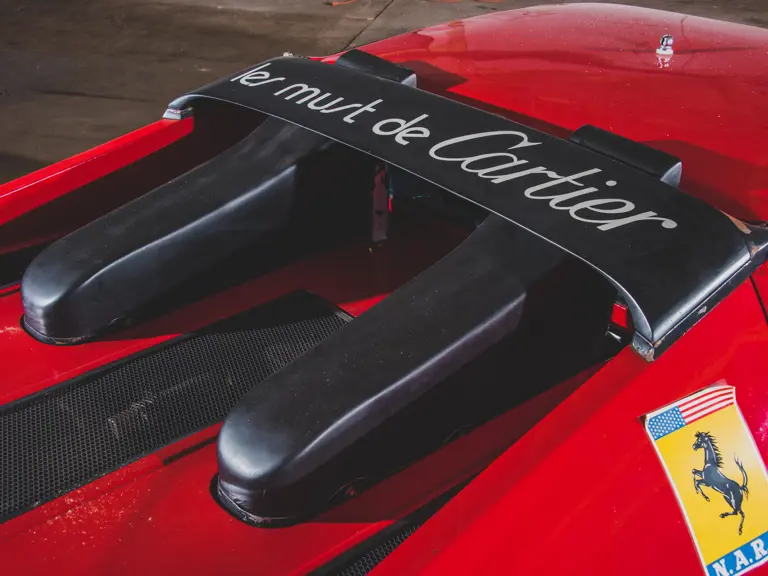
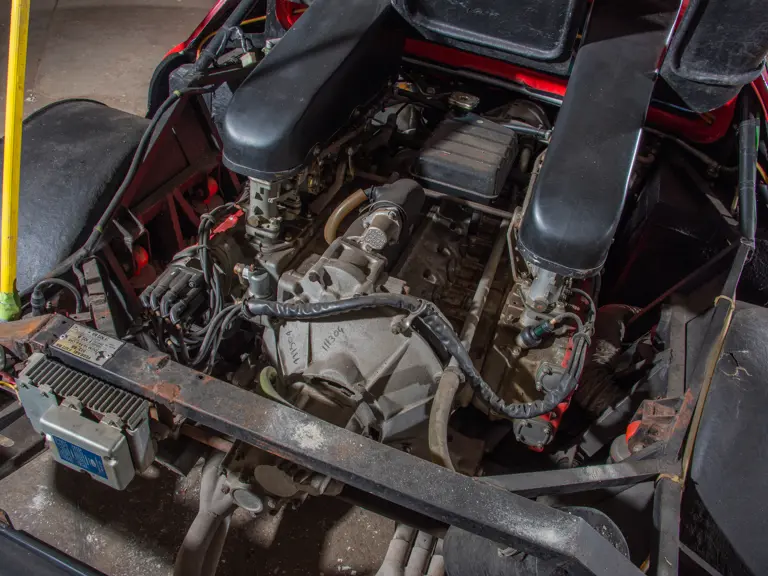
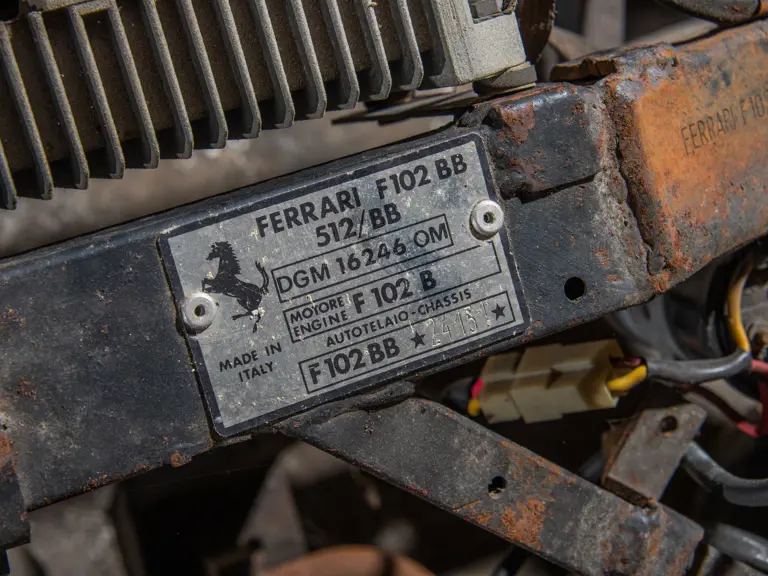
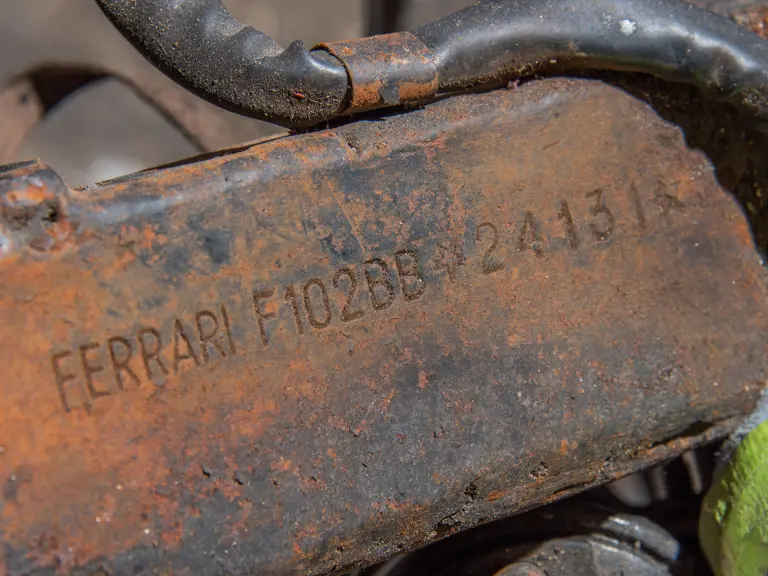
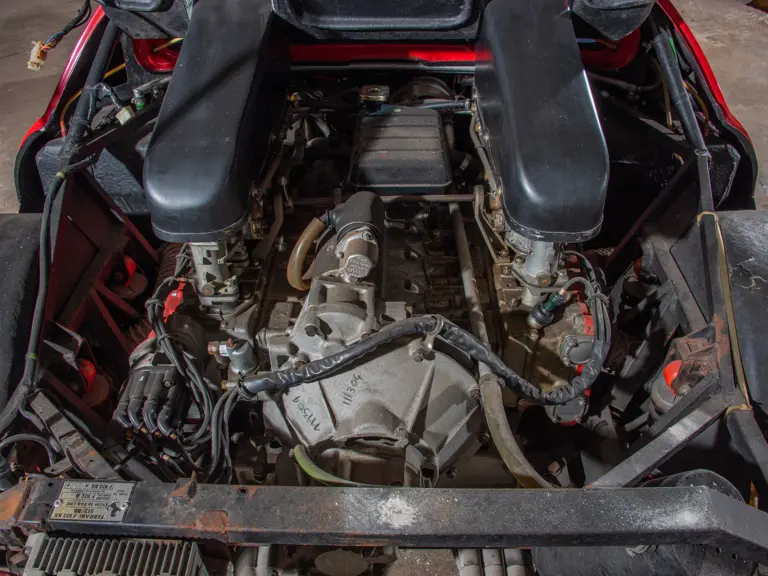
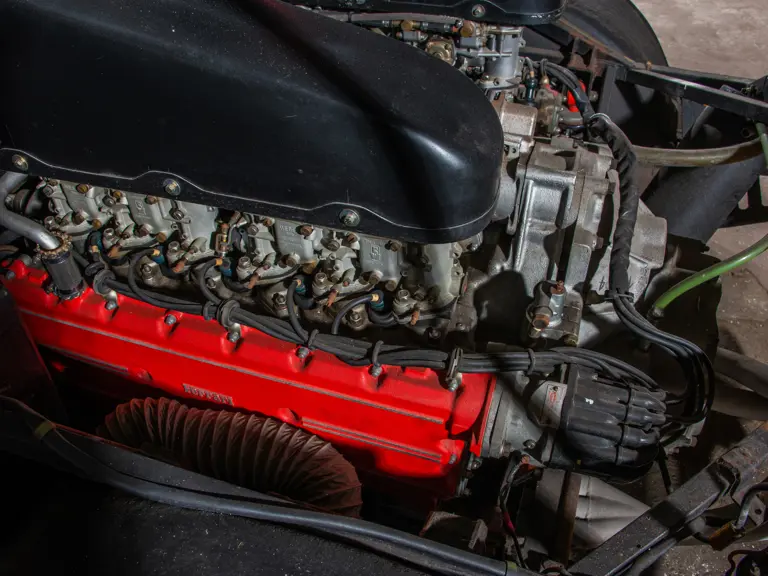
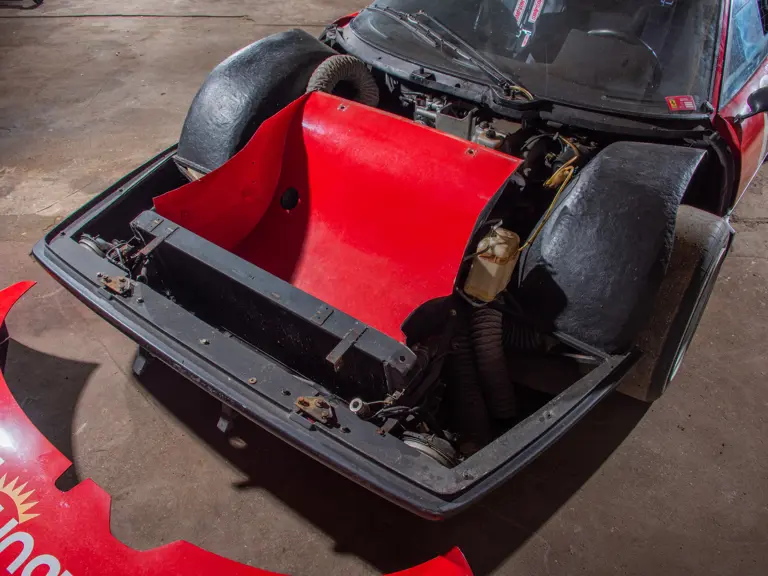
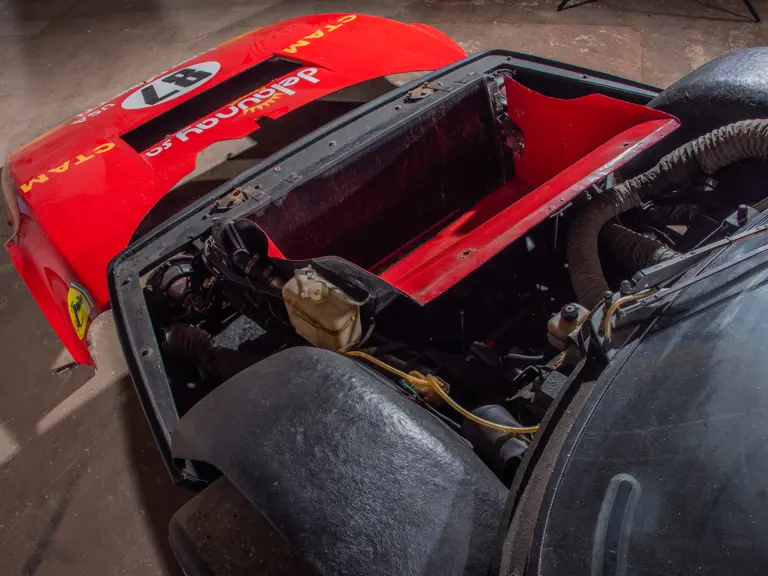
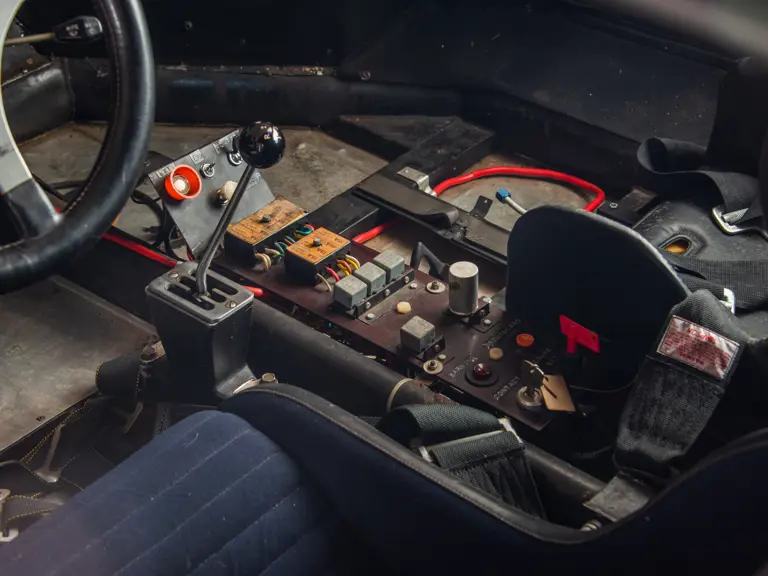
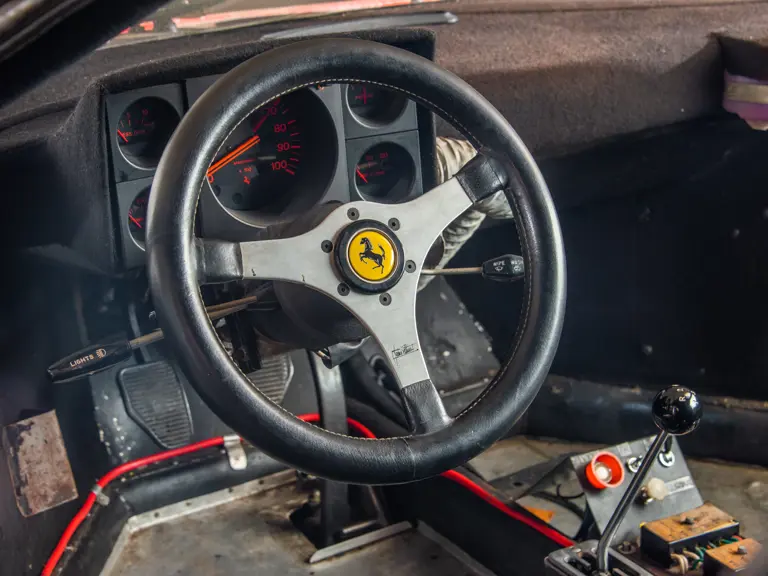
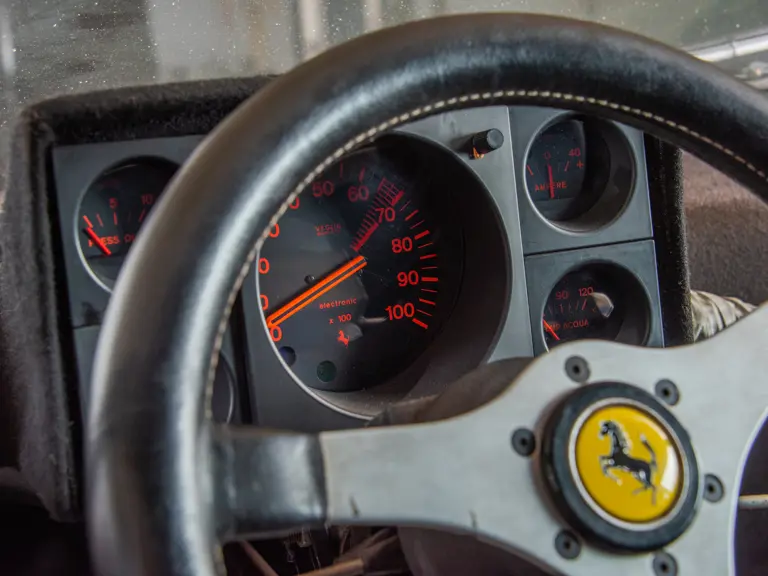
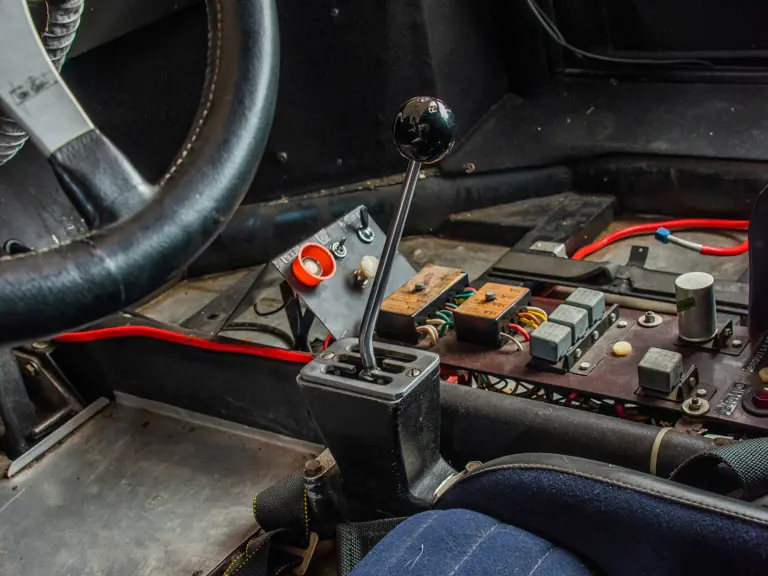
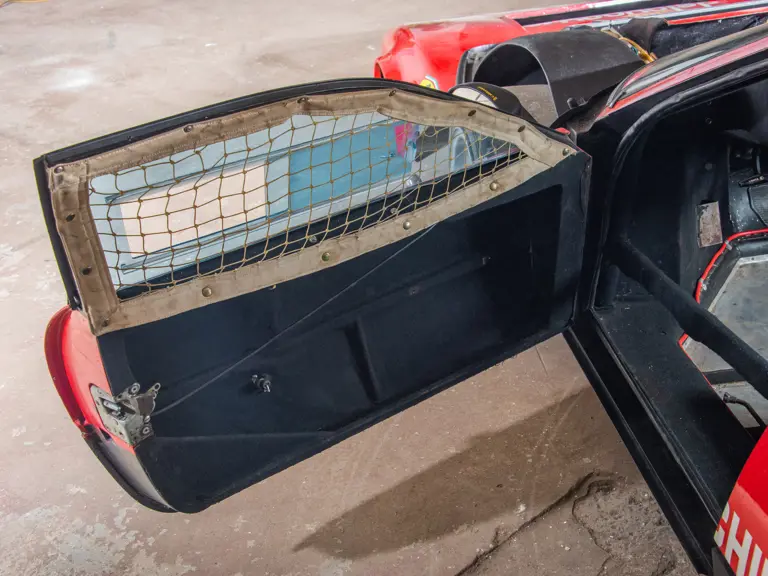

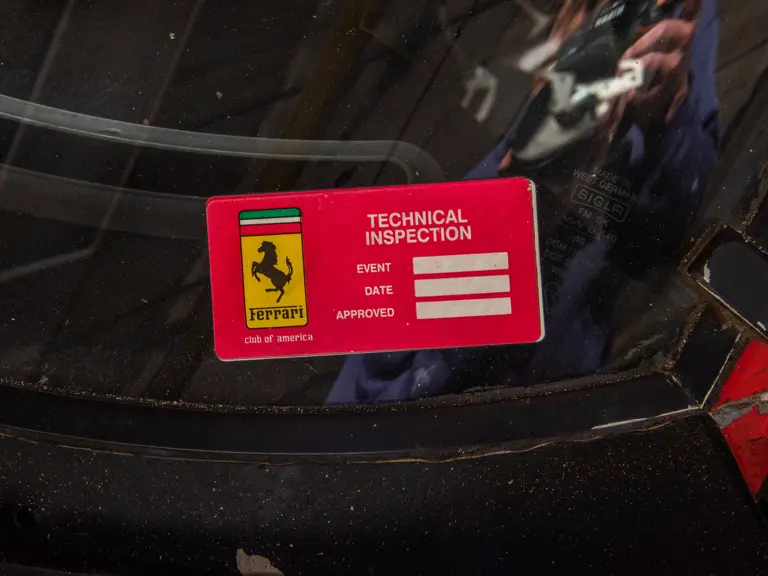
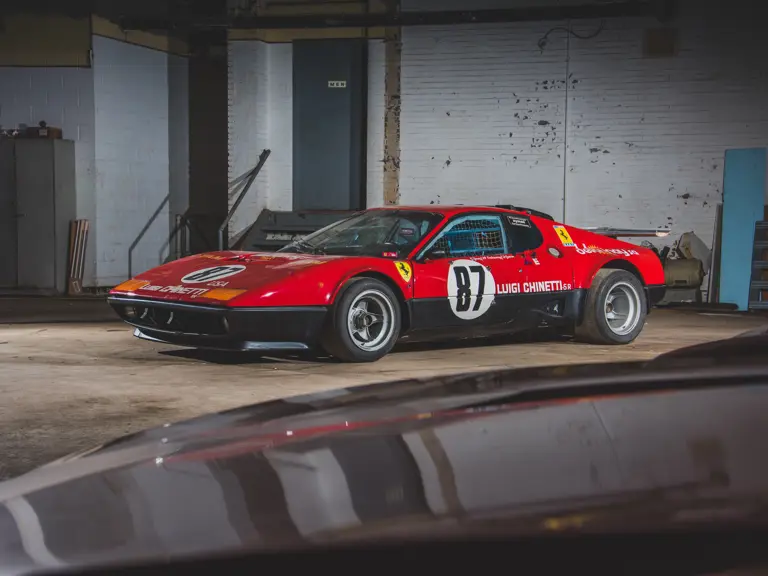
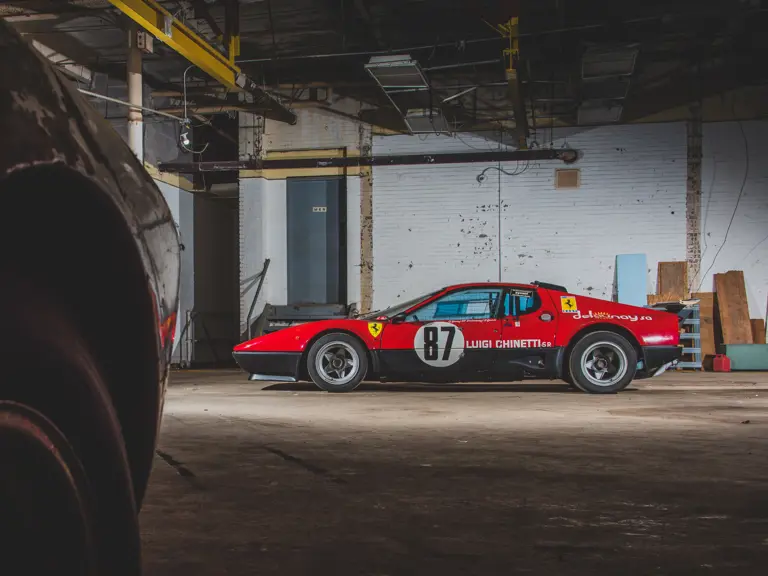
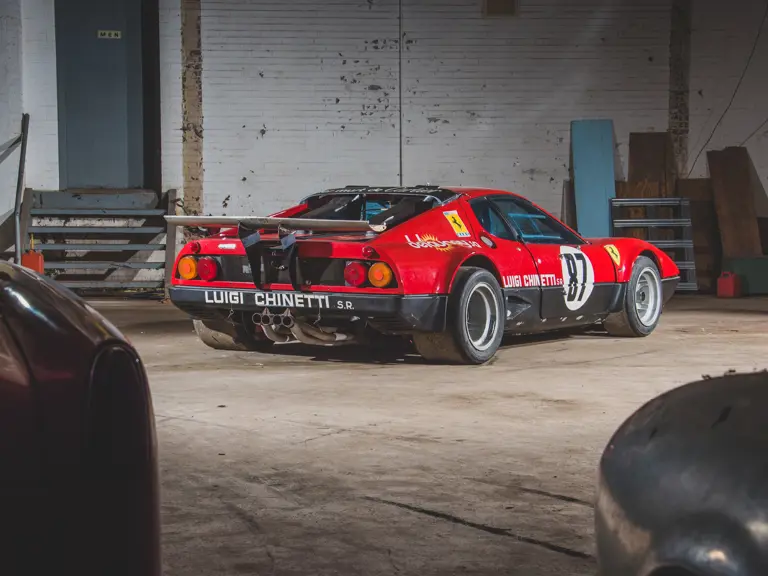
 | Monterey, California
| Monterey, California
